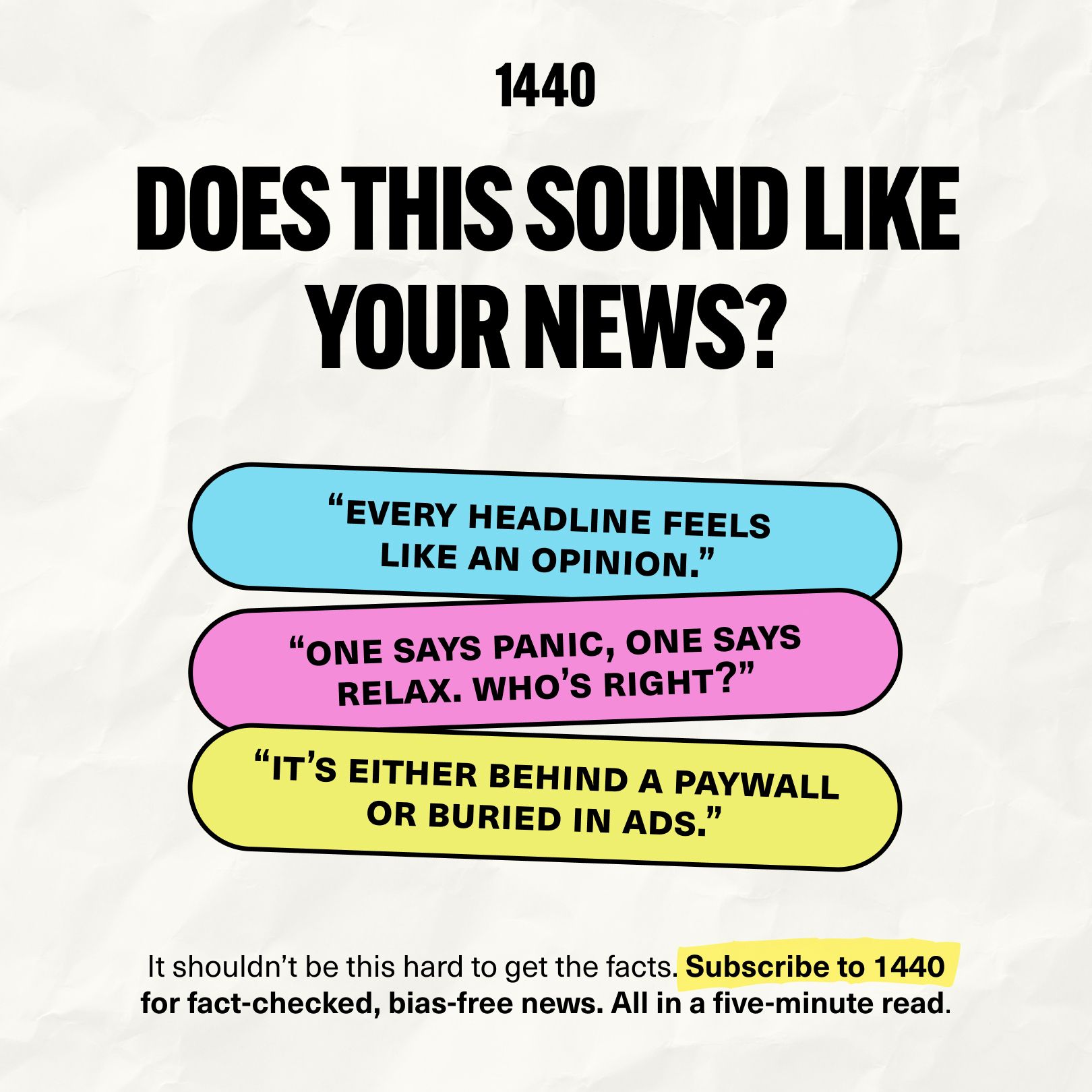- Bottom of the Ninth
- Posts
- 🚨 How a Flashing Mouthguard is Solving Sports' Concussion Problem
🚨 How a Flashing Mouthguard is Solving Sports' Concussion Problem
Prevent Biometrics went viral for their LED mouthguard, but that's only half of the story..

Happy Wednesday,
There’s a data problem in sports.
Every franchise in the world can tell you a player’s shooting percentage from the left wing or the spin rate of a curveball. But ask how many times an athlete has been hit in the head — how hard, how often, and what happened next — and suddenly, the numbers get murky.
That’s the problem Prevent Biometrics is solving. Their flashing mouthguard has gone viral, but it’s not a gimmick; it’s a front-end alert system for a much more valuable back-end business: verified, real-time head impact data.
When Jake and I sat down with Prevent COO Drew Goodger, he made one thing clear. Prevent isn’t a concussion company. It’s a data company, and one that’s quietly building the infrastructure layer for head safety in sports and beyond.
Their system is already being used by World Rugby and military operators, and they’re betting big on youth sports as the pathway to scale, adoption, and long-term change.
From automated alerts to individualized hit thresholds, Drew walked us through how this technology is being deployed today and how it could reshape sports tomorrow.
Looking for unbiased, fact-based news? Join 1440 today.
Join over 4 million Americans who start their day with 1440 – your daily digest for unbiased, fact-centric news. From politics to sports, we cover it all by analyzing over 100 sources. Our concise, 5-minute read lands in your inbox each morning at no cost. Experience news without the noise; let 1440 help you make up your own mind. Sign up now and invite your friends and family to be part of the informed.
5 Takeaways from Our Conversation with Drew Goodger

Drew Goodger, COO of Prevent Biometrics
1. Prevent’s Product Is the Front End of a Much Bigger Play
Prevent makes sensor-enabled mouthguards that track head impacts and flash when a hit crosses a preset threshold. However, the red light is merely an alert layer. “What we’re really building,” Drew told us, “is a verified data infrastructure that can help shape policy, rules, and even player contracts.”
The long game? A standardized system for tracking head safety across sports and institutions.
2. The Tech Is Built for Accuracy, Not Optics
Most past efforts to track impacts used helmet sensors or skin patches. The issue? Those don’t move with the brain.
“Your teeth are coupled to your skull,” Drew said. “That’s why the mouthguard is the most accurate way to measure true head movement.”
Prevent’s sensors sample at 3200 Hz and are validated by labs like Virginia Tech to keep false positives below 1%.
3. Adoption Is All About Incentives (and Control)
While Prevent is piloting at the pro level, their real bet is on scale at the youth level.
“We’re focused on the community market,” Drew said. “Parents have the most influence, and they want their kids to be as safe as possible.” In other words, the buyer isn’t always the player or coach. It’s the person footing the bill.
4. Real-Time Alerts Are Only the Beginning
Prevent started by sending Bluetooth alerts to sideline tablets, but when tech failures and human error got in the way, they went simpler: “Let’s just have the mouthguard itself flash.”
That innovation made it onto the field at the Women’s Rugby World Cup. Next up? Cumulative data and personalized thresholds. Drew calls it a “hit count,” like pitch counts in baseball, but tailored to each athlete’s body and exposure.
5. Prevent’s Future Isn’t Just in Sports
The company’s core tech — small, embedded sensors that log force with surgical precision — is already being adapted for other high-impact fields.
“We’re measuring blast waves for soldiers, and even exploring sleep metrics,” Drew said. Prevent doesn’t just want to track hits. They want to own the pipeline for real-time biomechanical data.
Why It Matters:
Most of the sports world still relies on analog processes to detect injuries; think trainers with binoculars, postgame evaluations, or self-reported symptoms. But in an era of automated ball-strike systems and AI-assisted officiating, it’s only a matter of time before head safety gets a digital upgrade.
Prevent is positioning itself as the infrastructure layer for that shift. And if they succeed, the flashing red mouthguard won’t just be a warning sign, it’ll be a symbol that sports are finally ready to treat head impacts like the measurable, trackable problems they are.
📩 And don’t forget: Bottom of the Ninth is back this Friday with the top three stories in sports and business from the week.
See you then,
Tyler & Jake





Reply